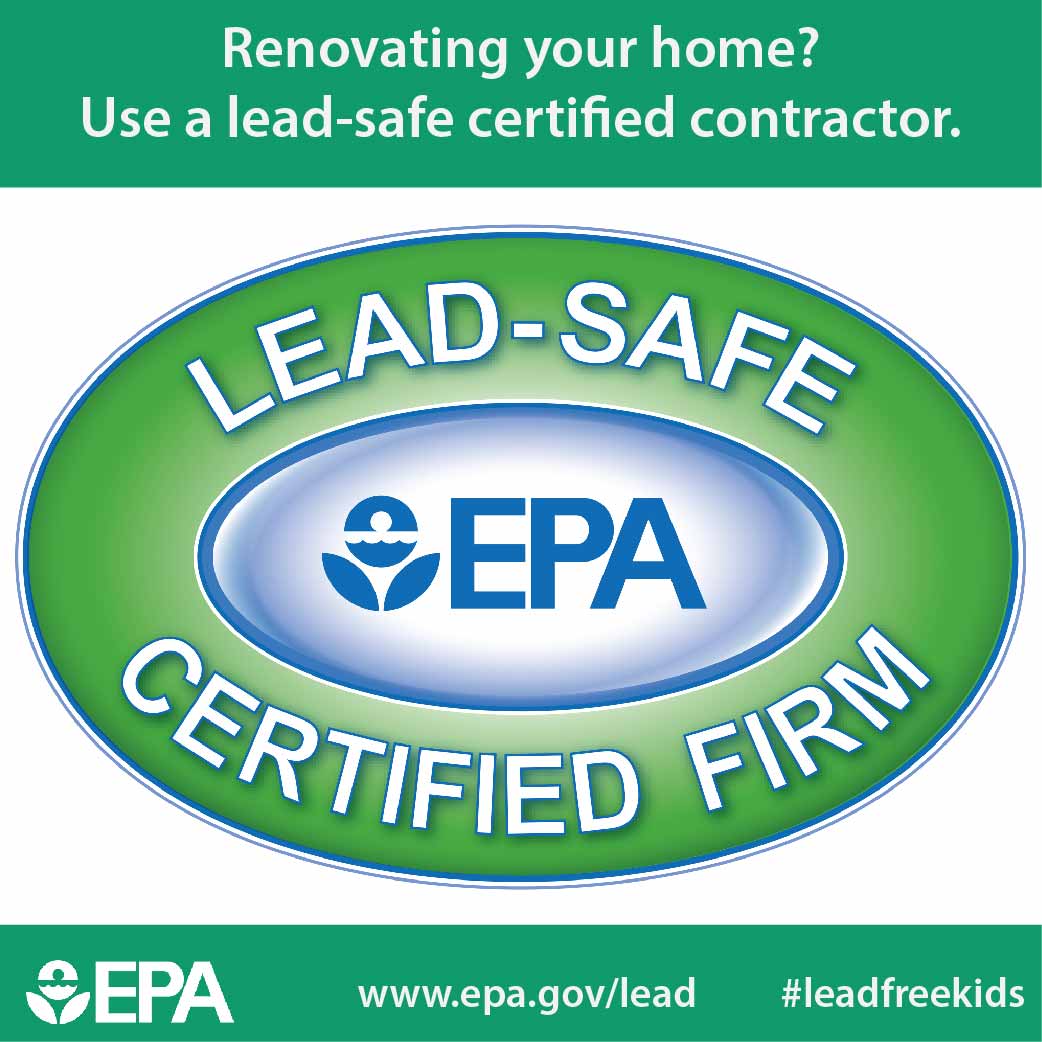Comprehending Seasonal Influences On Commercial Exterior Paint: Crucial Expertise For Success
Comprehending Seasonal Influences On Commercial Exterior Paint: Crucial Expertise For Success
Blog Article
Web Content Writer-Leach Rodriquez
When you're preparing an industrial outside paint job, seasonal aspects can make or damage your results. You'll intend to consider exactly how temperature level and humidity impact paint application and drying times. Choosing the ideal period can guarantee your paint adheres effectively and lasts much longer. But which periods are really the very best for this kind of work? Let's discover the key elements that can influence your job's success.
The Effect of Temperature Level on Paint Application
When you're preparing a commercial outside paint project, the temperature can dramatically affect just how well the paint adheres and dries out.
Ideally, you wish to repaint when temperature levels vary between 50 ° F and 85 ° F. If it's as well cold, the paint may not heal correctly, resulting in problems like peeling off or cracking.
On the other side, if it's as well warm, the paint can dry out too swiftly, stopping proper adhesion and causing an uneven surface.
You must additionally take into consideration the moment of day; morning or late afternoon supplies cooler temperature levels, which can be much more desirable.
Constantly examine the maker's recommendations for the details paint you're utilizing, as they frequently offer support on the suitable temperature variety for optimum outcomes.
Moisture and Its Result on Drying Times
Temperature isn't the only ecological aspect that affects your commercial external painting job; moisture plays a substantial role too. High moisture degrees can decrease drying times considerably, influencing the total high quality of your paint work.
When the air is filled with moisture, the paint takes longer to cure, which can lead to concerns like bad attachment and a higher threat of mold development. If you're painting on an especially moist day, be prepared for extensive delay times in between layers.
It's essential to monitor local weather conditions and strategy appropriately. Ideally, https://www.goodhousekeeping.com/uk/product-reviews/house-garden/g35925200/best-washable-paints/ for moisture degrees between 40% and 70% for optimum drying.
Maintaining these factors in mind guarantees your task remains on track and supplies a lasting finish.
Best Seasons for Commercial Outside Painting Projects
What's the very best time of year for your commercial outside painting projects?
Spring and very early fall are commonly your best choices. Throughout these periods, temperatures are moderate, and moisture levels are usually lower, developing excellent problems for paint application and drying out.
Prevent summertime's intense heat, which can create paint to completely dry also swiftly, leading to bad bond and coating. Similarly, winter's cold temperatures can hinder correct drying and curing, running the risk of the longevity of your paint work.
Go for days with temperature levels in between 50 ° F and 85 ° F for optimal results. Remember to examine josh strange for rainfall, as wet problems can wreck your job.
Preparation around these aspects guarantees your painting project runs smoothly and lasts much longer.
Final thought
To conclude, preparing your business external paint jobs around seasonal considerations can make a considerable difference in the end result. By organizing exterior painting service near me during the optimal temperatures and humidity levels, you'll ensure better attachment and drying out times. Bear in mind to keep an eye on regional weather forecasts and choose the correct time of year-- springtime and early fall are your best bets. Taking these steps will certainly aid you accomplish a resilient and expert finish that lasts.
